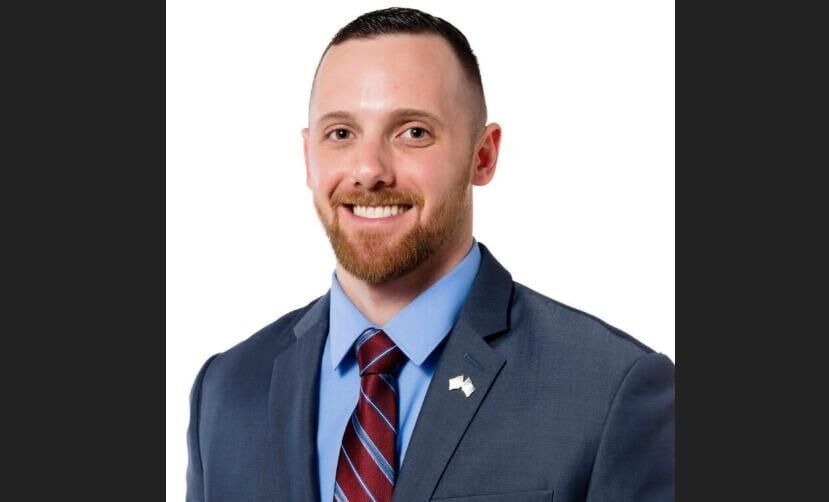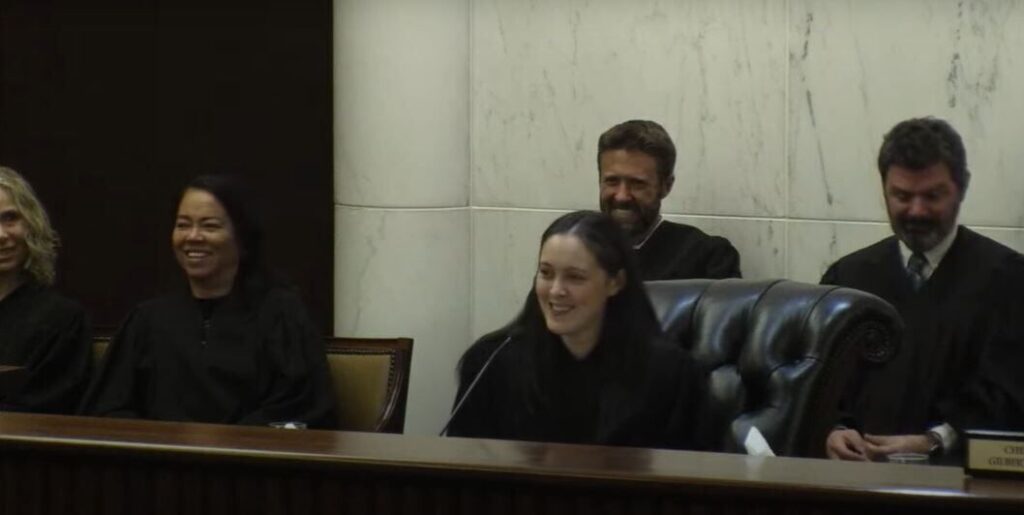Western governors’ eye nuclear for power demand

The Western Governors’ Association’s two-day “Energy Superabundance” workshop this week brought together Gov. Brad Little of Idaho and Gov. Spencer Cox of Utah with federal regulators, utility executives, investors and supply-chain managers.
The workshop in Idaho Falls focused on nuclear power’s chicken-and-egg problem. Without workers there are no factories, without factories there is no fuel, and without fuel there is no power. Speakers noted that the United States has suffered from a substantial brain-drain when it comes to producing qualified workers to build and operate plants.
The country, they said, seems to finally be recovering from the panic induced by the Three Mile Island, Chernobyl and Fukushima accidents, not to mention Hollywood’s contribution to the debate: “The China Syndrome.”
John Wagner, director of the Idaho National Laboratory, said today’s push differs from earlier nuclear revivals.
In the past, optimism was undermined by weak economics and political hesitation. This time, he said, private-sector demand is real, driven by hyperscale data centers, artificial intelligence, and industrial reshoring.
“We have companies approaching INL weekly asking how they can secure nuclear power,” Wagner said, pointing to recent restarts in Michigan and Pennsylvania and multiple demonstration projects at the lab.
Cox pressed urgency as the central factor.
“We have to significantly increase the amount of energy, and we have to do it very, very, very quickly,” he said, warning that delays add cost without increasing safety. He argued the era of “energy transition” has given way to “energy addition,” where even natural gas must be kept online until firm, carbon-free sources are available.
Little described Idaho’s new Advanced Nuclear Energy Task Force and tied state policy to the projected 30% growth in demand.
“We can’t rely on yesterday’s solutions; we need scalable, dispatchable, zero-carbon sources,” he said, adding that Idaho intends to lead by example.
That determination was echoed by Washington state Rep. Stephanie Barnard.
“When I was elected in 2022, my top priority was to bring a small modular reactor to Hanford and to change the narrative of the Tri-Cities from being the armpit of Washington to being the clean energy hub of the Pacific Northwest,” said Barnard.
Notably absent was Wyoming Gov. Mark Gordon, whose state is home to the region’s most advanced nuclear project. Bill Gates–backed TerraPower is developing a Natrium sodium-cooled reactor in Kemmerer, expected to be the first new commercial plant to come online in the Mountain West. Supporters say its progress could set the tone for how other western states approach deployment.
Nuclear Regulatory Commissioner Annie Caputo told WGA attendees the agency has updated its mission to “enable safe and secure” projects and is engaged with dozens of reactor developers.
Early, high-quality pre-application work often dictates whether a project succeeds, she said. Still, she and others acknowledged that state permitting can prove as decisive as federal licensing, with fragmented statutes and caps on how much energy nuclear plants can supply slowing development.
Fuel supply emerged as a key vulnerability. Geopolitical disruptions have exposed U.S. dependence on foreign uranium and enrichment.
Curtis Moore, senior vice president at Energy Fuels in Lakewood, Colorado, told governors that his company is the nation’s largest domestic uranium producer, with operations in Utah, Arizona and Wyoming.
“The U.S. has been relying on foreign sources for far too long,” Moore said. “Countries like Russia and Kazakhstan increased production and flooded our market, which created a lot of challenges for companies like us.”
He added that uncertainty about long-term domestic supply remains a critical weakness, noting that without steady production “utilities will look abroad again, and we’ll be back in the same vulnerable position.”
Mason Baker of the Utah Associated Municipal Power Systems said utilities want nuclear in their portfolios but cannot carry the financial risks of first-of-a-kind projects.
“We need a different development model,” he said, pointing to the multibillion-dollar overruns at Georgia’s Vogtle plant.
Bankers said federal backing through the federal Loan Programs Office and new insurance schemes will be essential.
“Cost overrun risk must be credibly solved before investors commit,” said Kevin Plunkett of JP Morgan.
Panelists argued that the involvement of hyperscalers could change the equation. Companies like Microsoft and Google are approaching utilities directly with long-term contracts in hand. Consultants said those commitments could anchor the large orders suppliers need to justify investment.
“States see hyperscaler investment as an enormous opportunity to de-risk nuclear,” said Cassie Powers of the National Association of State Energy Officials.
Westinghouse officials said qualifying a new vendor to produce nuclear-certified products can take up to two years, and without upstream financing many firms will not expand.
“You can buy the same bolt at Home Depot for 50 cents, but when it’s certified for nuclear use, it can cost $50 dollars,” said Chad Kramer, a partner at McKinsey & Company, a global management consulting firm. That’s the level of rigor and paperwork we’re dealing with, and it slows everything down.”
Workforce shortages add another layer. Laboratory officials said nuclear careers must be marketed to younger tradespeople, while utilities warned that without welders and machinists, even financed projects may stall.
By the close of the workshop, a fragile consensus had formed. Governors from both parties, regulators, utilities and financiers agreed nuclear’s “window of opportunity” is open but finite.
The WGA will carry the discussion to Denver next year under Colorado Gov. Jared Polis, with a final report due in 2026.













